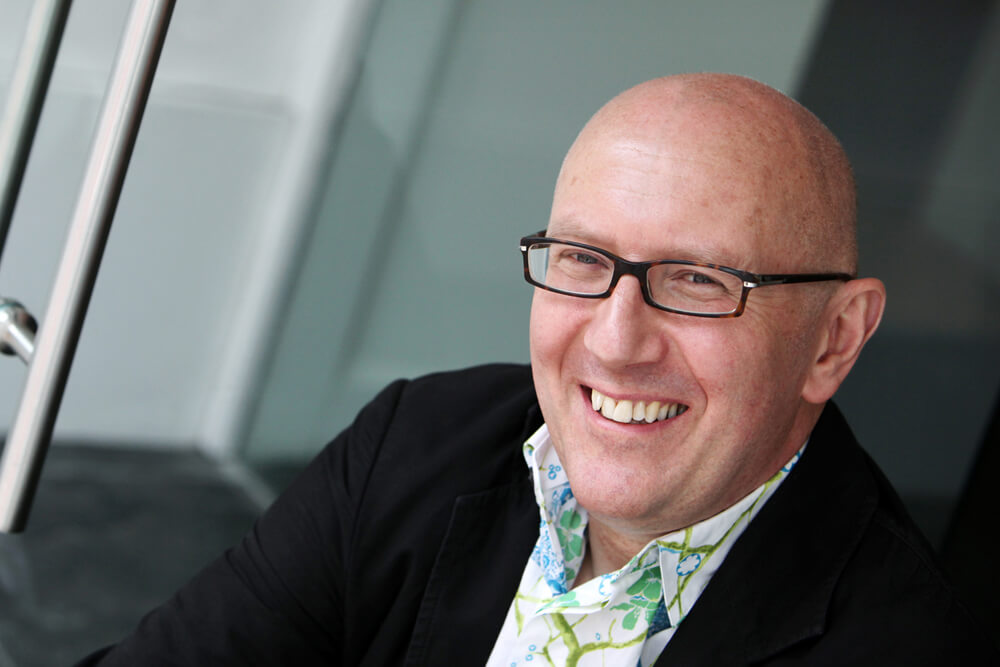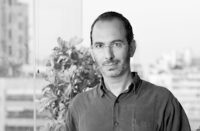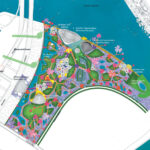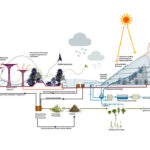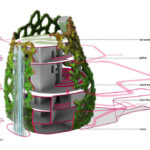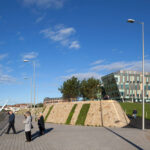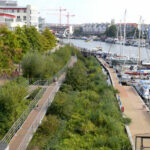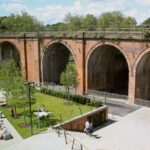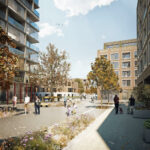ArchiTravel interviews the Director of Grant Associates, Andrew Grant, on architecture and its relation to social media. He talks about Gardens by the Bay and how social media influence architecture projects.
Interview by : Maria Anagnostou (video shooting and editing) and Christianna Tsigkou
Christianna Tsigkou: Could you make some comments about the project here (Singapore), Gardens by the Bay? Can you describe how it was for you as an experience to work on this project?
Andrew Grant: The Gardens by the Bay is like a once-in-a-lifetime project, like a dream that I never really imagined it could possibly happen. Its scale, you know, the idea that you can create almost this fantasy world that you might see in a movie actually, this is something that’s real and its going to stay here forever. I think a really nice thing about working in Gardens by the Bay has been the team actually. The key people, myself, Patrick Bellew the environmental engineer, Neil Thomas, Paul Baker, we all knew each other before, we’ve worked with each other before, but actually it was a very nice thing to work as a team, good friends just pushing through, just helping each other, get the project working.
C.T.: How did social media influence many, if not all, aspects of the project? How do you think this increasing use of media particularly affects the architectural realm?
A.G.: The social media is reactive, isn’t it? People are seeing something or saying something or hearing something and they pass that message or that image on. So for architecture on one level, it’s helping inspiration, is getting faster information to you and making you think of what you see. But actually, it’s also an incredible way of getting your ideas out, across the world fast. I’m wavering to the whole thing however: social media, networks… My wife typically does all of the facebook and twitter etc… but certainly, the whole market inside of it is probably less driving it from the architectural side; it’s how you communicate your ideas, how you communicate what you’ve done to a bigger audience as fast as possible and certainly the LPR consultants are like “you need to do this, you need to do that, you need to be using all of these sorts of systems”.
C.T.: What do you think of the local authorities handling the social media in order to promote the project? You’ve seen that Gardens by the Bay, for example, were two months on the media when they were completed. So local authorities must have played a role in this, right?
A.G.: Here (Singapore) you have people that are very savvy and sophisticated in the use of every sort of media they can. To get across what’s happening is simple, what’s going on here, but I think we’re all learning, certainly the local authorities. I come from the UK, I live in Bath, which is a world-heritage city, a very beautiful place as a tourist attraction but they are just getting into the idea of how we use all of these media systems to help sell the city. So that’s where we’re starting from, isn’t it? We’re sort of selling ideas, we’re selling cities, we’re selling everything. And this is the media that’s been used. I’m sure there’s a sort of a widest opportunity for how we use it; through communicating things that are happening, this sort of social fabric, events, opportunities make people more aware of what’s going on in the cities. It’s a road for it; in how people learn, the educational world.
C.T.: Do you use websites or other media to promote your work? Does this come useful in getting tuitions within the huge international antagonism?
A.G.: A website is a fundamental requirement indeed, because people can get to you and information with a couple of clicks of the button and they can do it very quickly, if your website is good enough, absorb the key messages that you are trying to communicate. So yes, for us websites are essential.
C.T.: Do you think that promotion creates wrong impressions regarding the project and how is it forming an opinion about a project without having the experience?
A.G.: You’re right. People just see an image and they comment. So to one level it’s a very superficial response to something that has probably a lot more depth and richness and sorts of things than you just capture from the snapshots. And depending on who has taken that image, when it has been taken, it can all be misinterpreted and reinterpreted. So how do you manage that? That’s the thing. You can’t control it. A lot of this is basically beyond the self-control which is probably a very good thing. It makes the whole thing real and tuned in to the modern world.
More on : Andrew Grant
About these Authors : Maria Anagnostou, Christianna Tsigkou
Work of Grant Associates

